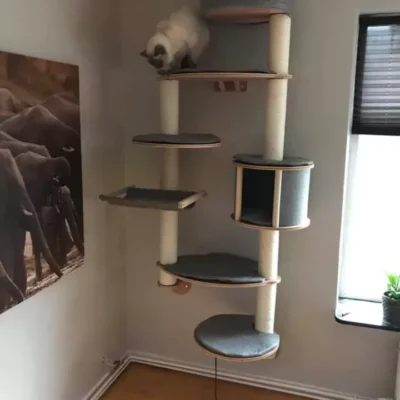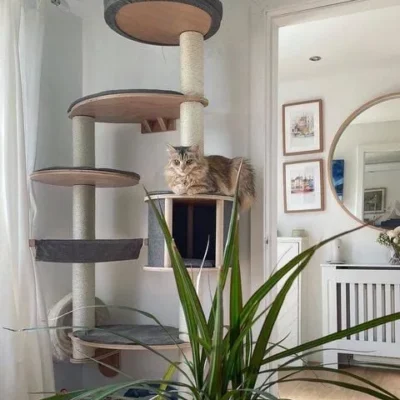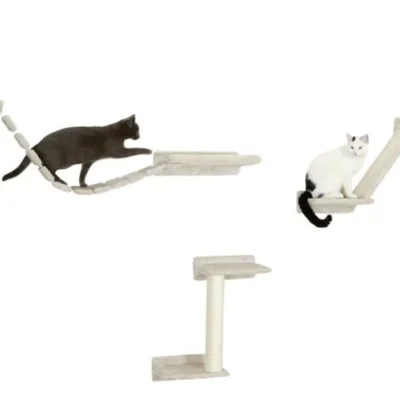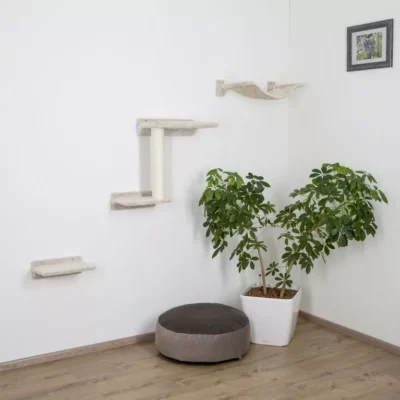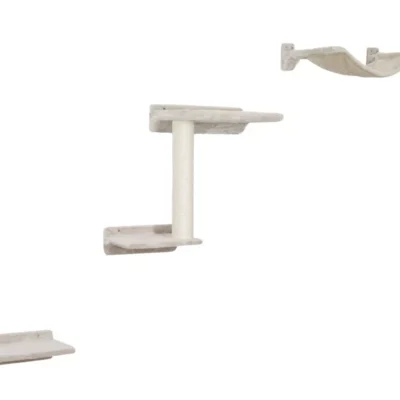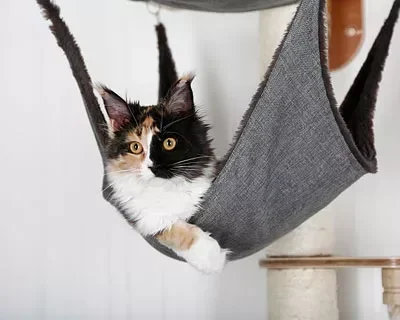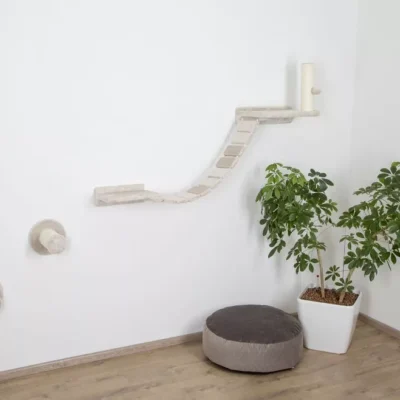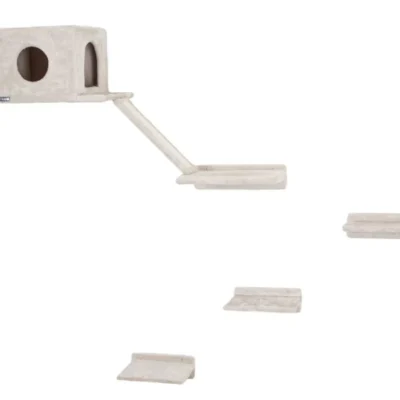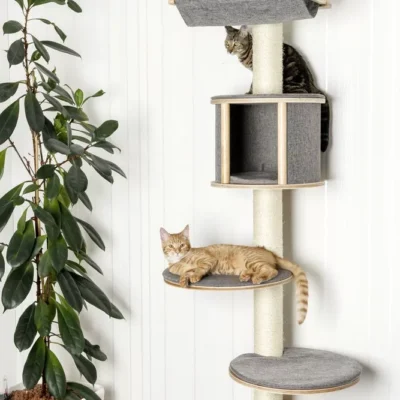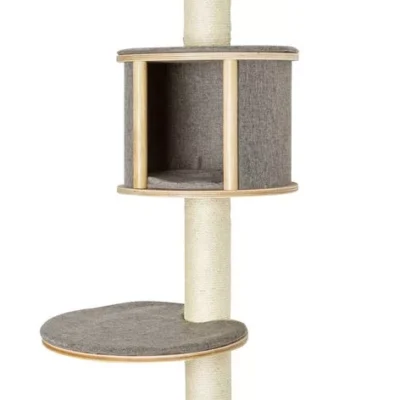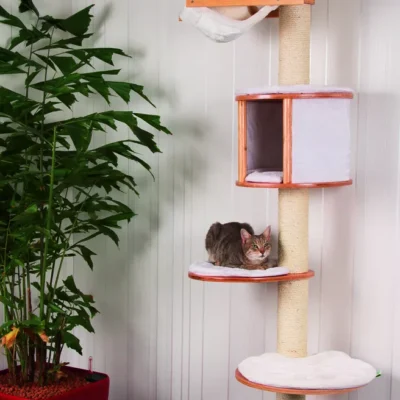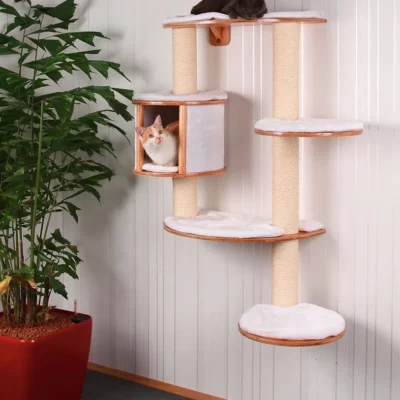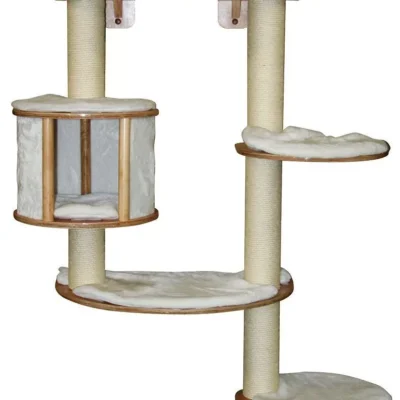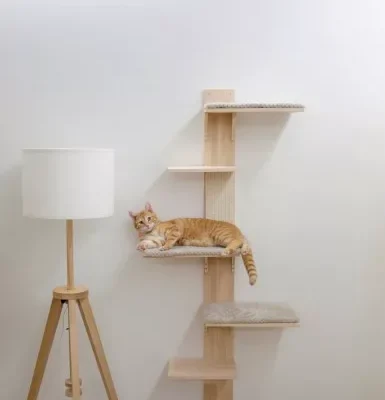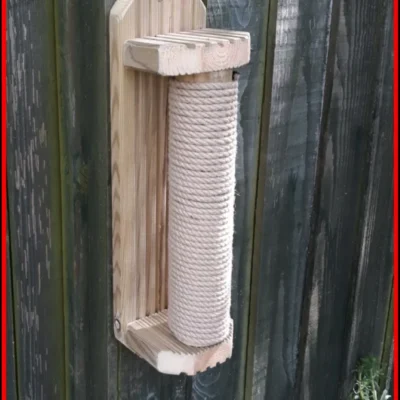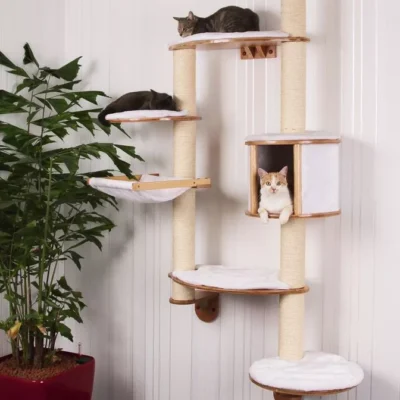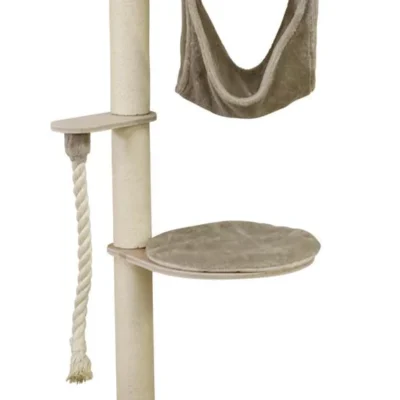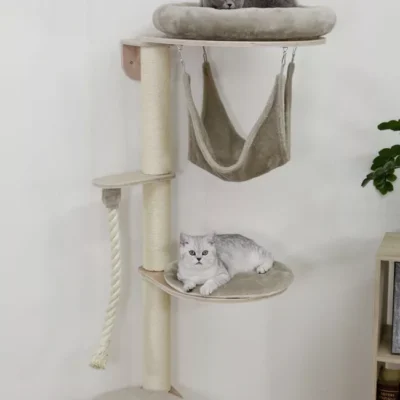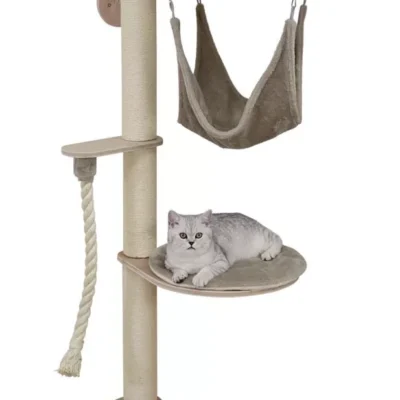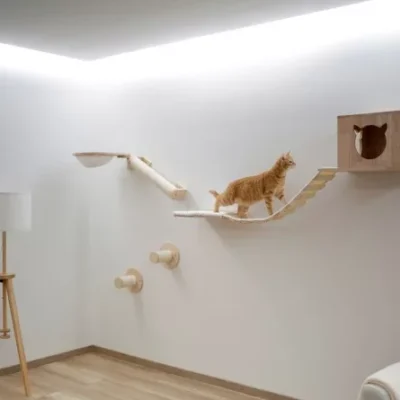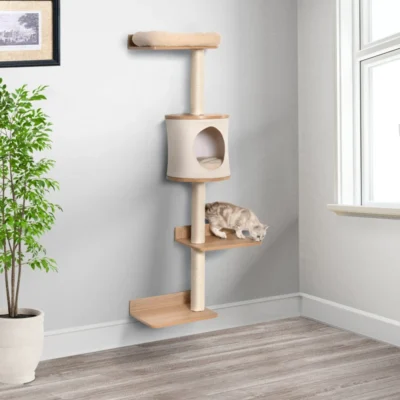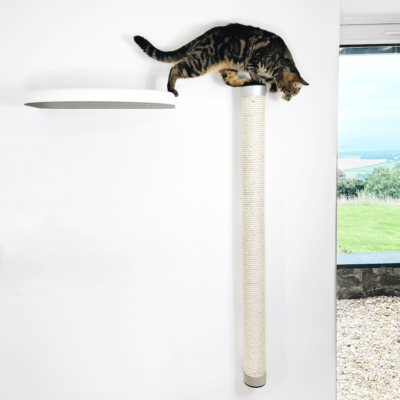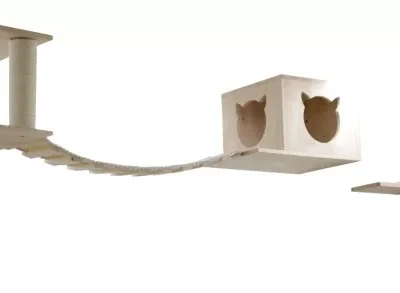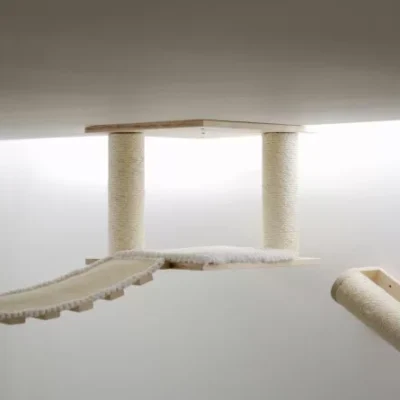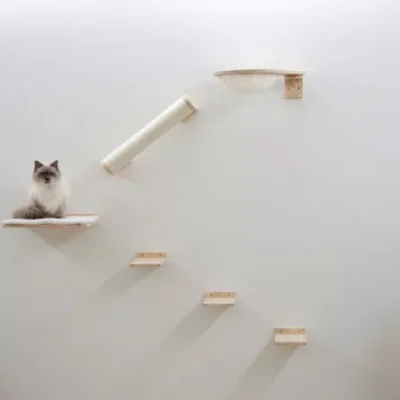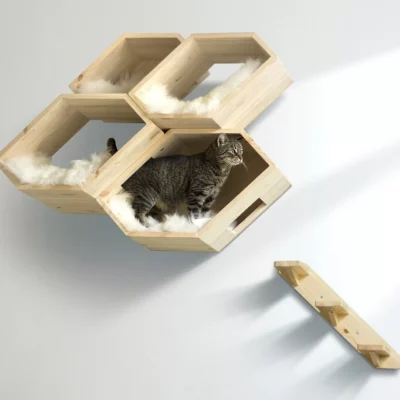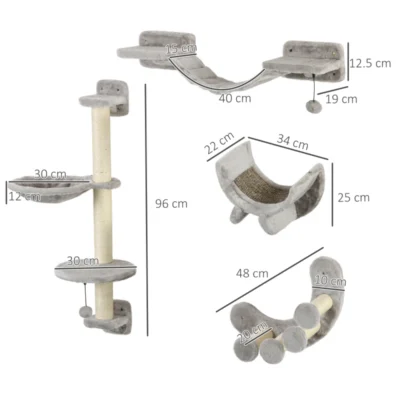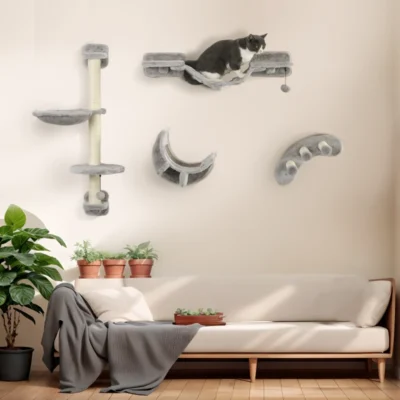0
Cats have long been objects of fascination and intrigue, their mysterious behaviors and nocturnal activities sparking human curiosity throughout history. These enigmatic creatures, known for their captivating stares and silent night-time adventures, hold a special place in our hearts and homes. This article aims to explore the intriguing aspect of how cats perceive the world around them, particularly focusing on their unique visual capabilities. By delving into the realm of feline vision, we not only deepen our understanding and appreciation of these beloved pets but also learn how to create environments that cater more effectively to their needs.
The core objective of this exploration is to shed light on the often-misunderstood aspect of feline vision, particularly regarding color perception and visual capabilities. There’s a common misconception that cats live in a world devoid of the rich, vibrant colors that humans experience. However, recent scientific studies paint a different picture, suggesting that the feline world is not as colorless as previously thought. This investigation aims to dissect the anatomical and functional characteristics of a cat’s eye to provide insights into how these animals interact with their environment and how their vision impacts their behavior.
The anatomy of a cat’s eye is fascinating and differs significantly from that of humans. At a superficial glance, the shape and size of a cat’s eye are striking, but the real marvel lies in its internal structure. Cats have larger corneas and elliptical pupils that dramatically expand in low light conditions, making them highly adept at night vision. This feature allows a greater amount of light to enter the eye, enhancing their ability to see in the dark. The retina of a cat’s eye is densely packed with rod cells, which are crucial for detecting light and movement – a vital adaptation for their nocturnal lifestyle. In contrast to humans, who have a greater number of cone cells for color perception, cats have fewer cone cells, impacting their ability to see a wide range of colors. Additionally, the presence of the tapetum lucidum, a reflective layer behind the retina, further boosts their night vision by reflecting light back through the retina.
The exploration into the world of feline vision reveals some surprising findings, particularly regarding how cats perceive colors. Breaking away from the long-held belief that cats can only see in grayscale, recent research indicates that cats can indeed see certain colors like blues and greens, though perhaps with less intensity than humans. This new understanding not only alters our perception of how cats interact with their environment but also has practical implications in the way we design living spaces, toys, and accessories for our feline friends. As we continue to unravel the secrets of how cats see the world, we gain a more nuanced view of how these cherished animals experience the vibrant tapestry of life. Stay tuned for more insights as we delve deeper into the colorful world as seen through a cat’s eyes.
Understanding Color Perception in Cats
The study of how cats perceive colors provides a fascinating glimpse into their unique way of experiencing the world. Cats, primarily known as hunters and nocturnal creatures, have developed a vision that is finely tuned to these roles. Unlike humans, who have a vision adept at differentiating colors and details, cats excel in motion detection and low-light vision, aspects crucial to their survival and predatory behavior.
Cats have a remarkable field of view, approximately 200 degrees wide, surpassing the human field of view which stands at about 180 degrees. This expanded field of view allows cats to detect movement over a larger area, an essential skill for effective hunting. Additionally, their superior night vision is attributed to the abundance of rod cells in their retinas, coupled with the presence of the tapetum lucidum. The tapetum lucidum acts as a mirror inside the eye, reflecting light back through the retina and significantly enhancing their ability to see in low light. However, this specialization in vision means that cats do not perceive the fine detail and the wide range of colors that humans can. Their vision can be likened to human vision at twilight.
When it comes to perceiving colors, cats have a more limited capacity compared to humans. Due to the fewer cone cells in their retinas, cats primarily see shades of blue and gray. This contradicts the popular belief that cats only see in black and white. Research shows that while cats can perceive some colors, their ability is more pronounced in the blue and green spectrums. Reds and pinks, on the other hand, may appear more muted and blend into their grayscale vision.
Humans, with three types of cone cells, can see a broad spectrum of colors including red, blue, and green. Cats, however, are less sensitive to the red spectrum, primarily due to their evolutionary development. Humans evolved as diurnal beings, relying on color vision for identifying various foods and navigating diverse environments. Cats, in contrast, evolved as predators that depend more on movement detection and night hunting, thus making acute color perception less essential for them.
Experts like veterinarians and animal behaviorists offer valuable insights into how this aspect of vision affects cat behavior. Dr. Jane Smith, a renowned veterinarian, points out that while cats might not see the full color range as humans, they can distinguish between certain colors, influencing their interest in toys and their environment. Similarly, animal behaviorist John Doe emphasizes the importance of understanding a cat’s color perception for enhancing their living environment, suggesting that toys and accessories in blues and greens might be more appealing and stimulating for them.
In summary, cats possess a unique visual system that, while not as vibrant and colorful as human vision, is perfectly adapted to their lifestyle and needs. This understanding of feline vision can guide cat owners in making more informed decisions regarding their pets’ environment and care, ensuring a more enriching and suitable living space for these fascinating creatures.
The Science Behind Feline Vision
The exploration of feline vision unveils a complex and sophisticated visual system, intricately adapted to their nocturnal lifestyle and predatory skills. This system’s efficiency is largely due to the specific structure and function of two types of photoreceptor cells in their retinas: rods and cones. These cells play a pivotal role in shaping how cats perceive their environment, especially in low-light conditions.
Rod cells are the primary drivers behind a cat’s ability to see in low-light conditions. These cells are incredibly sensitive to light and are adept at detecting motion and shapes, which is vital for a predator. Cats possess a significantly higher number of rod cells compared to humans, accounting for their extraordinary night vision capabilities. These cells, however, do not contribute to color vision, focusing instead on luminance and movement detection.
Cones, in contrast, are responsible for color detection. While humans have three types of cone cells enabling us to perceive a full spectrum of colors (red, blue, and green), cats are believed to have fewer cone cells, predominantly sensitive to blue and green wavelengths. This configuration limits their color perception compared to humans, indicating a more restricted color vision that focuses on these specific parts of the spectrum.
Cats’ status as crepuscular animals, most active during twilight hours, is reflected in their eye anatomy. Their pupils can dilate significantly, allowing for maximum light absorption. The tapetum lucidum, a reflective layer situated behind the retina, further enhances their night vision. This layer acts like a mirror, reflecting light back through the retina, thereby increasing the light available to the photoreceptors. This adaptation, combined with the abundance of rod cells, renders cats particularly adept at detecting movement in dim conditions, an essential trait for their hunting activities.
The perception of color in cats has been a subject of evolving research. Initial studies posited that cats predominantly see in shades of gray. However, more recent research, including studies by institutions like the University of Rochester, suggests a more nuanced understanding. These studies indicate that cats can perceive colors, particularly within the blue and green spectrum, but have difficulty distinguishing reds and pinks, which likely appear more muted. This conclusion is drawn from the types and distribution of cone cells in cats’ retinas.
Experimental studies, such as those involving light panels of different colors, have reinforced this understanding. In these studies, cats have demonstrated the ability to consistently identify blue and green colors, but they struggle with red hues, pointing to a limited but existent color vision.
In essence, the science behind feline vision reveals an eye structure exquisitely adapted to prioritize functionalities crucial for survival: low-light vision and motion detection, with a lesser emphasis on a broad color spectrum. This understanding not only provides insights into cat behavior but also guides us in creating environments and care practices that align with their sensory perception, ultimately enhancing their well-being and our relationship with them.



